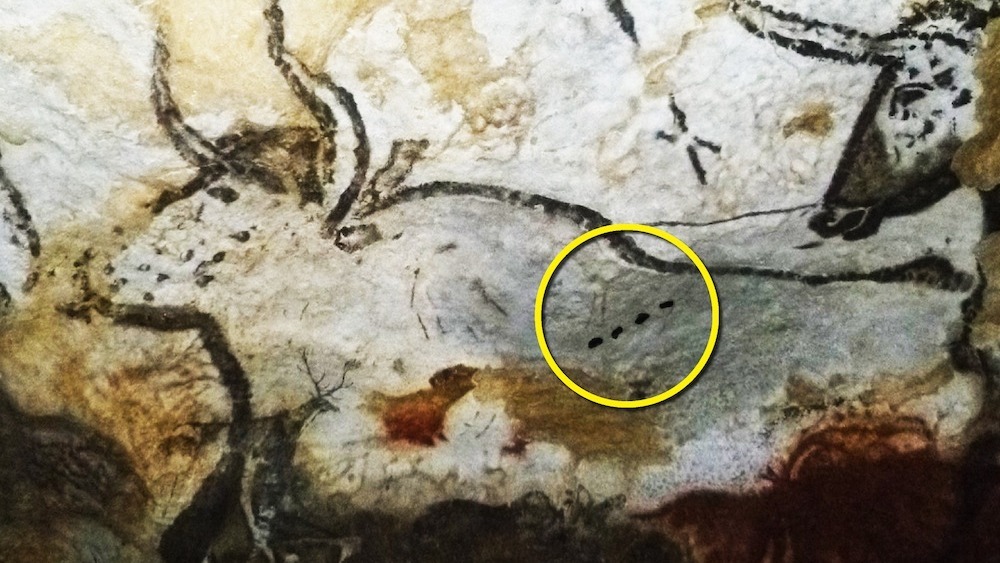
Ancient cave drawings containing handprints and animal figures are assumed to have meanings. However, their deeper meaning was unknown until an amateur archeologist decoded them.
Hidden meanings behind ancient cave drawings decoded?

Bennett Bacon, a furniture conservator, and researcher in London were deeply interested in cave art drawings. “The meaning of the markings within these drawings has always intrigued me so I set about trying to decode them,” stated Bacon in a press release from the University of London. He started spending hours in the library, searching through cave art images online. After thorough research, Bacon “as much data as possible and began looking for repeating patterns”.
When his ideas progressed, he reached out for collaboration with academics. The result was surprising as they discovered a “proto-writing system” over 10,000 years older than Sumeria’s previously known cuneiform writing. The study was possible by focusing on three abstract symbols — a line, a dot and a Y-shaped symbol found repeating in cave drawings from 20,000 years ago. Bacon and his team of academics hypothesize the symbols are a part of a notational system used for marking important biological events of the animals pictured.
More on the ancient art depictions
The researchers also hypothesize the markings to be a month-long unit. They belong to a calender starting in spring—a time after snow and ice melts. “These markings, however, would only make sense with a reference point consistent. And obvious to people 20,000 years ago,” revealed the study. To test this, they collected over 800 image examples across European caves and analyzed them. The results show they are not random but correlated with birthing or mating seasons.
“The study shows that Ice Age hunter-gatherers were the first to use a systematic calendar. And marks to record information about major ecological events within that calendar,” stated Paul Pettitt. Pettit is an archaeologist at Durham University and a collaborator in the study. “As we probe deeper into their world. We are discovering that these ancient ancestors are a lot more like us than we had previously thought. These people, separated from us by many millennia, are suddenly much closer,” added Bacon.






